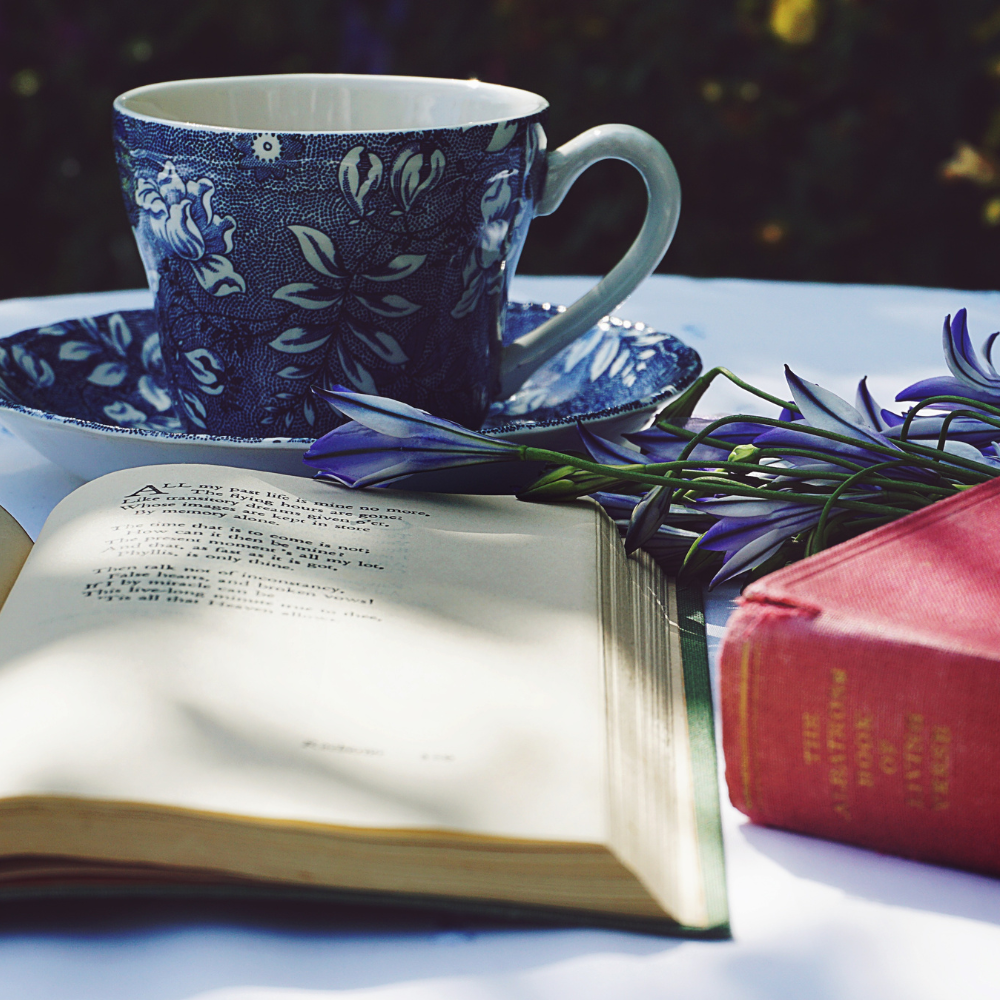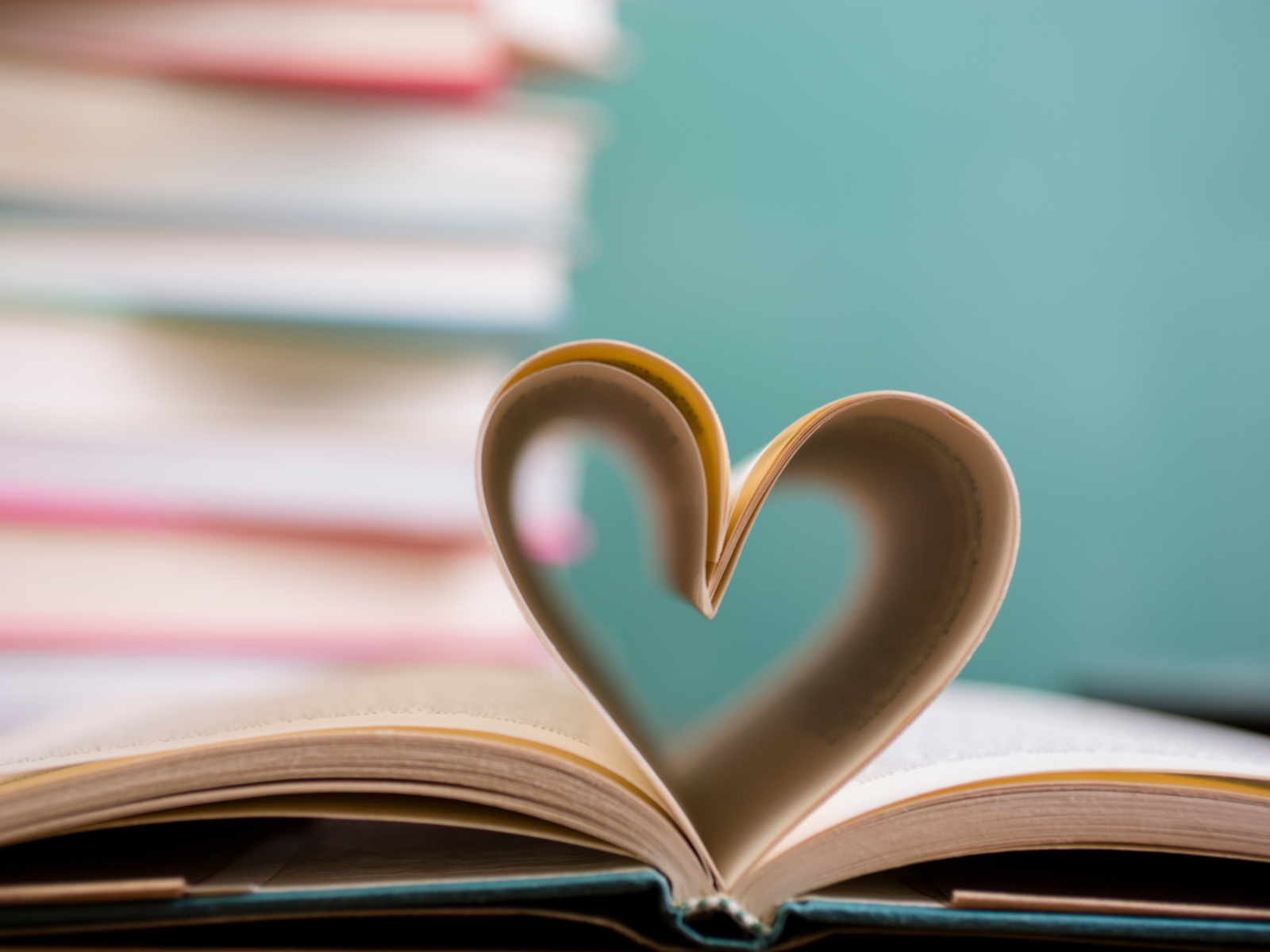Poetry has a magical way of touching our souls, from Shakespeare's timeless sonnets to the free-spirited verses of modern poets.
But how do you know if what you're reading is poetry?
Let's dive into the essence of this captivating art form, exploring its unique characteristics, diverse structures, and the emotional depth it brings.
By the end, you'll be able to recognize and appreciate the poetic beauty in any piece of writing.
Key Takeaways:
- Poetry is distinguished by its use of heightened language, vivid imagery, and structural elements such as rhyme schemes and line breaks.
- Understanding the various forms of poetry, including free verse, prose poems, and narrative poetry, can help identify poetic works.
- Recognizing the emotional and sensory impact of poetry is crucial in differentiating it from other forms of written language.
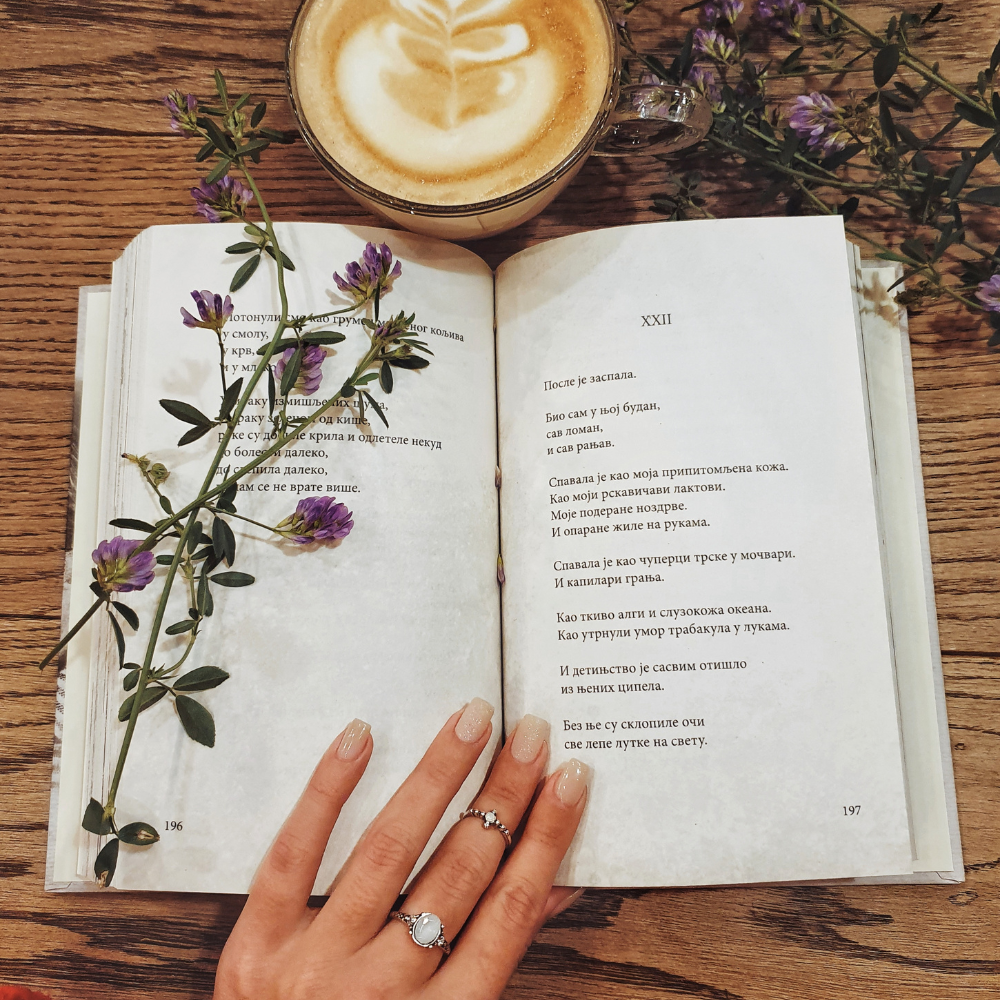
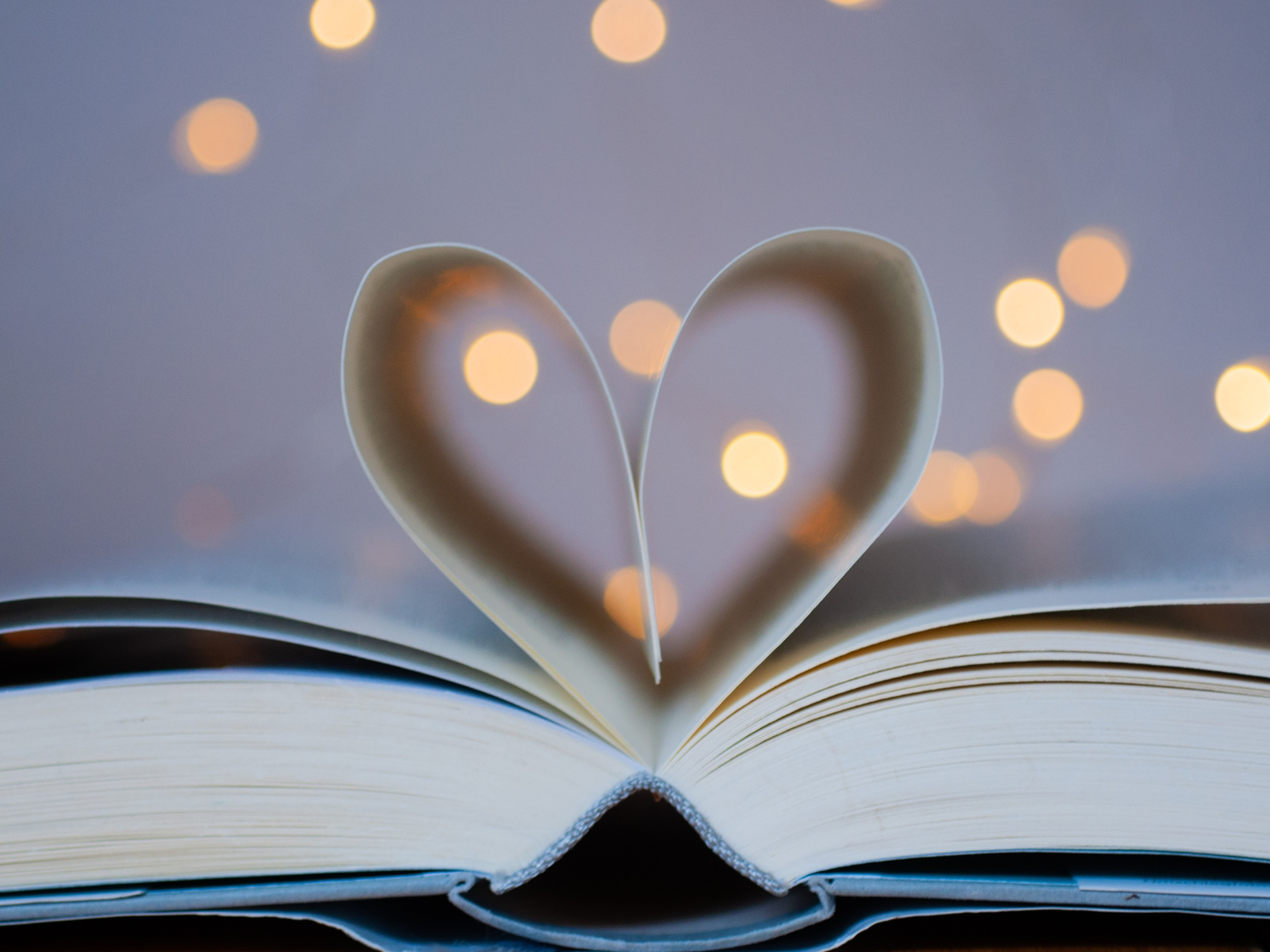

Essence of Poetry
Poetry begins with the use of heightened language.
Unlike prose, which often aims for clarity and straightforward communication, poetry employs figurative language, vivid imagery, and rhythmic patterns to evoke emotions and create a sensory experience.
For example, John Keats' "Ode to a Nightingale" uses rich, descriptive language to transport the reader into a world of beauty and melancholy.
Another key aspect of poetry is its structural elements.
Poems often feature line breaks, rhyme schemes, and meter, which contribute to their unique rhythm and flow.
While not all poems adhere to strict forms, these elements help distinguish poetry from other types of written language.
For instance, the haiku, a traditional Japanese form, consists of three lines with a syllable pattern of five, seven, and five syllables, respectively.
Free Verse and Prose Poems
Free verse is a form of poetry that does not follow a specific rhyme scheme or meter.
This allows poets to experiment with language and structure, creating a more fluid and natural expression.
Walt Whitman's "Leaves of Grass" is a prime example of free verse, where the lack of formal constraints enables a more expansive and inclusive exploration of themes.
Prose poems, on the other hand, blur the line between poetry and prose.
These works are written in paragraph form but retain poetic qualities such as heightened language, vivid imagery, and emotional depth.
An example of a prose poem is Charles Baudelaire's "Paris Spleen," which combines the narrative style of prose with the evocative language of poetry.
Narrative Poetry
Narrative poetry tells a story through verse.
Unlike other forms of poetry that focus on emotions or imagery, narrative poems have a clear plot and characters.
Examples include "The Rime of the Ancient Mariner" by Samuel Taylor Coleridge and "The Raven" by Edgar Allan Poe.
These poems use poetic devices such as rhyme and meter to enhance the storytelling experience.
Narrative poetry often employs vivid imagery and figurative language to create a more immersive experience for the reader.
For instance, Robert Frost's "The Road Not Taken" uses the metaphor of a fork in the road to explore themes of choice and consequence.
This combination of storytelling and poetic elements makes narrative poetry a unique and compelling form.
Role of Rhyme and Meter
Rhyme and meter are fundamental components of many poems.
Rhyme schemes, such as the ABAB pattern found in Shakespearean sonnets, create a musical quality that enhances the poem's emotional impact.
Meter, the rhythmic structure of a poem, adds to this musicality by establishing a pattern of stressed and unstressed syllables.
Blank verse, which consists of unrhymed iambic pentameter, is another common form.
John Milton's "Paradise Lost" is a notable example of blank verse, where the lack of rhyme allows for greater flexibility in expression while maintaining a rhythmic structure.
Understanding these elements can help identify poetry and appreciate its artistic nuances.
Power of Imagery
Imagery is a crucial element of poetry, as it engages the reader's senses and emotions.
Poets use descriptive language to create vivid mental pictures, making the abstract more tangible.
For example, Dylan Thomas' "Do Not Go Gentle into That Good Night" uses powerful imagery to convey the intensity of human emotions in the face of death.
Imagery can also be symbolic, adding layers of meaning to a poem.
Emily Dickinson's "Because I Could Not Stop for Death" uses the image of a carriage ride to represent the journey from life to death.
This use of imagery not only enhances the reader's experience but also deepens the poem's thematic resonance.
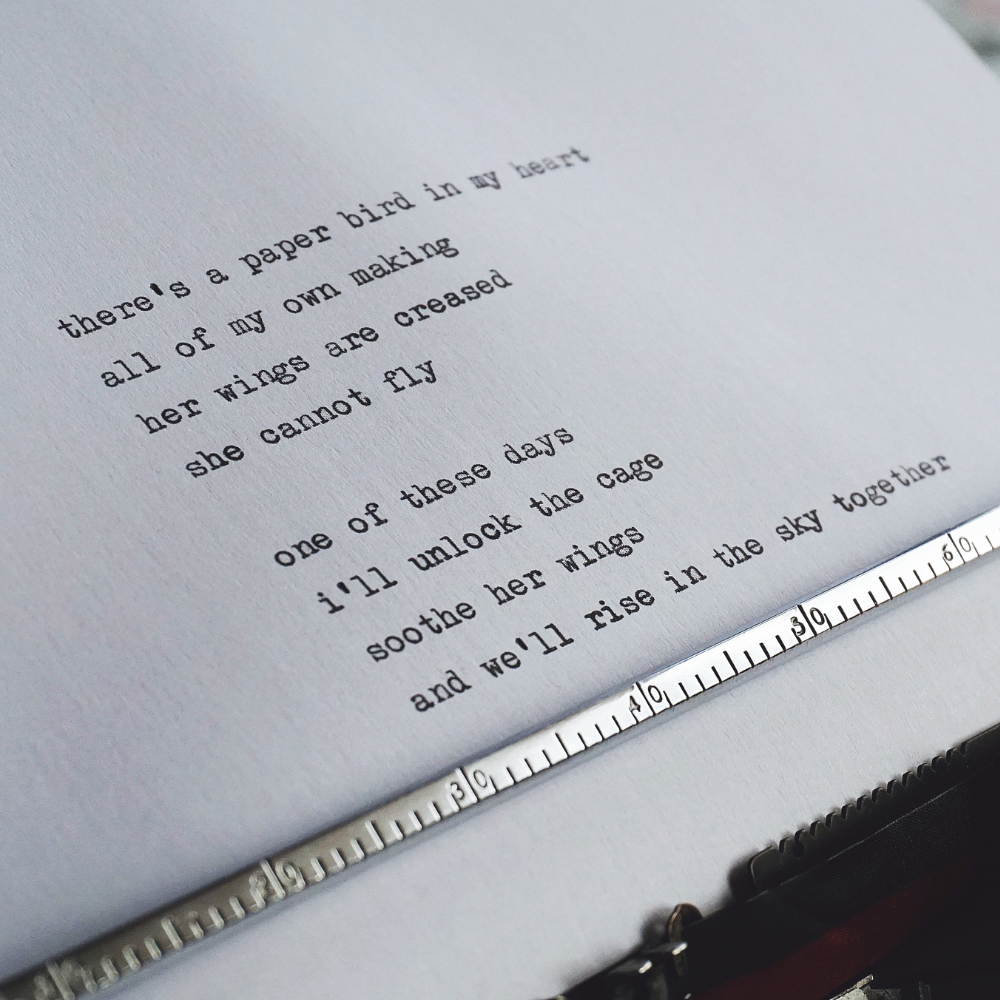
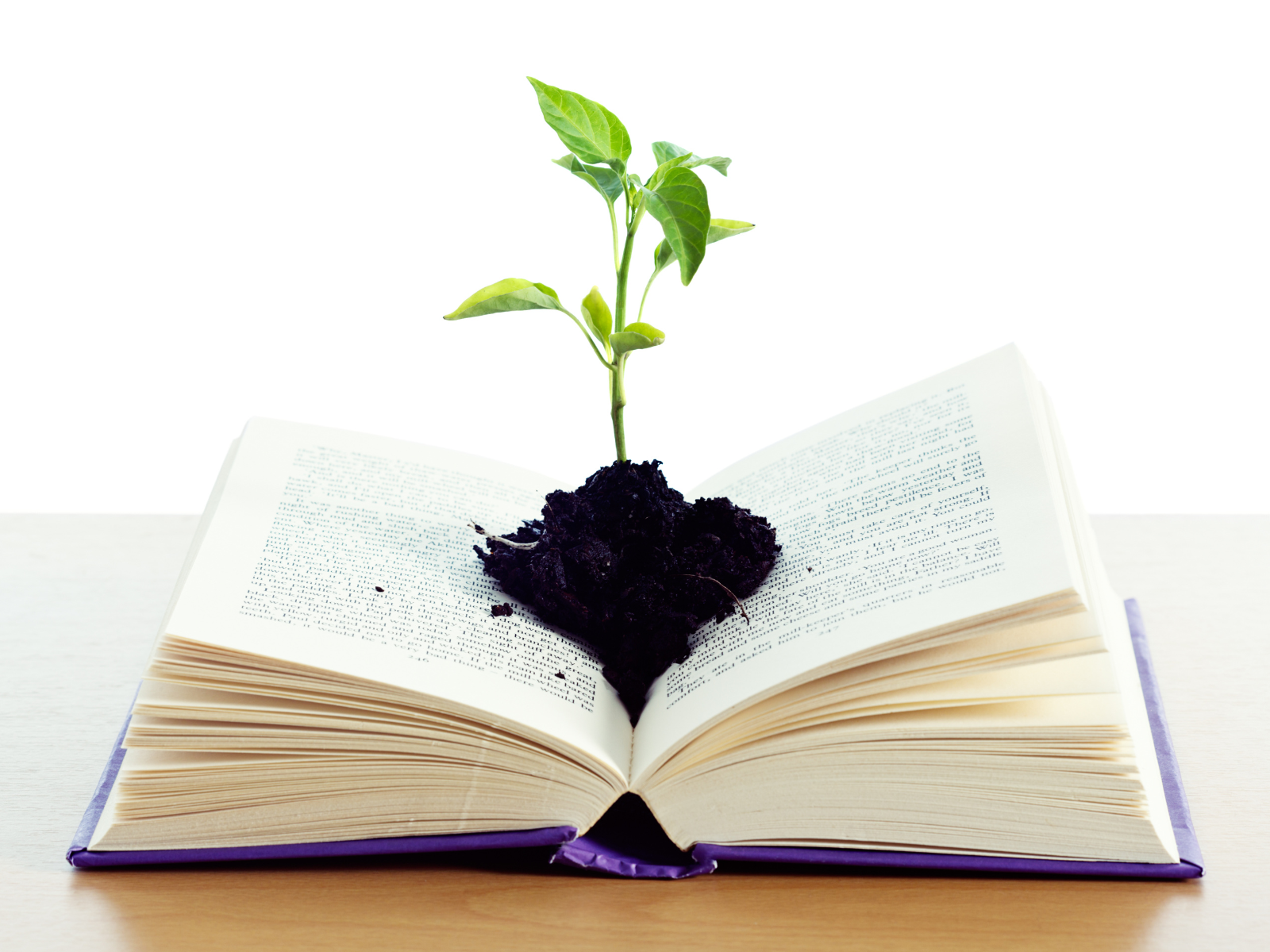
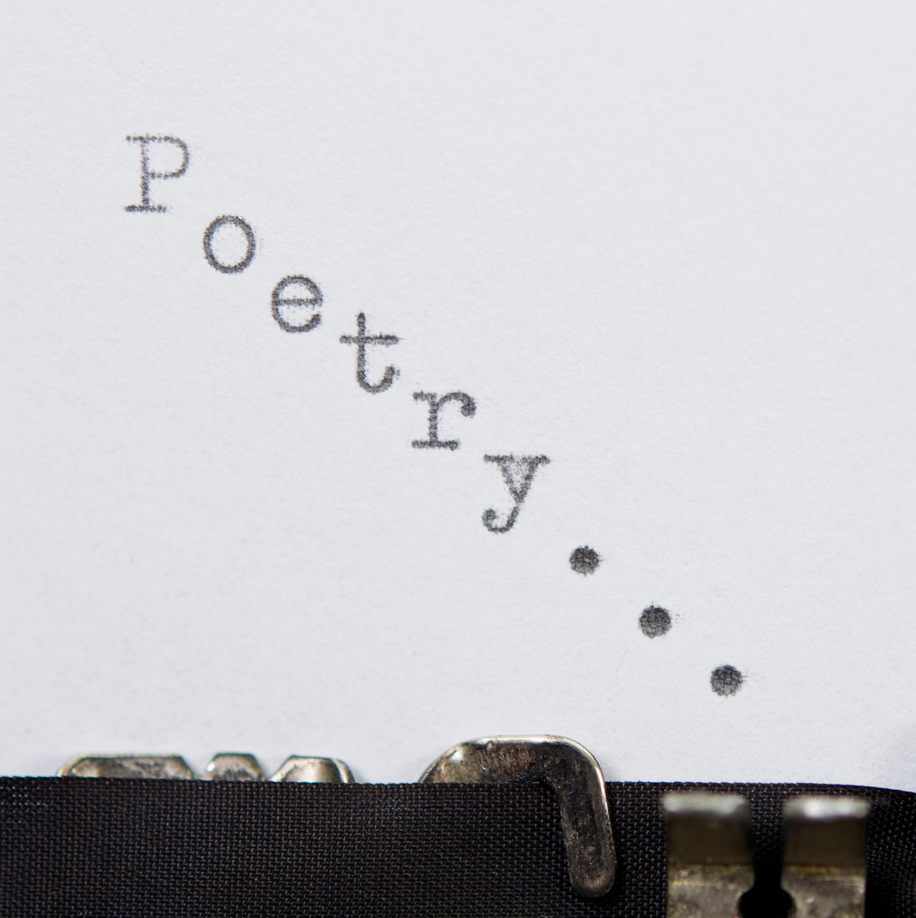
Emotional Impact of Poetry
One of the defining characteristics of poetry is its ability to evoke emotions.
Whether it's the melancholy of John Keats' "Ode on Melancholy" or the exuberance of Walt Whitman's "Song of Myself," poetry has a unique power to connect with readers on an emotional level.
This emotional resonance is often achieved through the use of figurative language, vivid imagery, and rhythmic patterns.
Poetry also allows for a more personal and introspective exploration of themes.
For instance, Sylvia Plath's "Daddy" delves into complex emotions of anger and grief, using powerful metaphors and imagery to convey the intensity of her feelings.
This emotional depth is a hallmark of poetry, setting it apart from other forms of written language.
Use of Figurative Language
Figurative language, including metaphors, similes, and personification, is a key feature of poetry.
These devices allow poets to express complex ideas and emotions in a more nuanced and evocative way.
For example, in "A Red, Red Rose," Robert Burns uses the simile "O my Luve's like a red, red rose" to convey the beauty and intensity of his feelings.
Personification, where inanimate objects or abstract concepts are given human qualities, is another common device. In "Ode to the West Wind," Percy Bysshe Shelley personifies the wind as a powerful force of nature, imbuing it with a sense of agency and emotion. These figurative elements enrich the language of poetry, making it more engaging and impactful.
Importance of Line Breaks
Line breaks are a distinctive feature of poetry, contributing to its rhythm, pacing, and overall structure.
Unlike prose, where sentences flow continuously, poetry uses line breaks to create pauses, emphasize certain words or phrases, and control the poem's tempo.
For example, in William Carlos Williams' "The Red Wheelbarrow," the line breaks create a sense of fragmentation and focus, highlighting the simplicity and beauty of the imagery.
Line breaks can also be used to create tension or surprise.
In E.E. Cummings' "anyone lived in a pretty how town," the unconventional use of line breaks and punctuation challenges the reader's expectations and adds to the poem's playful and experimental nature.
Understanding the role of line breaks can help identify poetry and appreciate its unique structural elements.
Evolution of Poetic Forms
Poetic forms have evolved over time, reflecting changes in cultural and artistic trends.
From the structured sonnets of the sixteenth century to the free verse of the modern era, poetry has continually adapted to new styles and influences.
For example, the Romantic period saw a shift towards more personal and emotional expression, as exemplified by the works of poets like William Wordsworth and Samuel Taylor Coleridge.
In the twentieth century, poets like Ezra Pound and T.S. Eliot pushed the boundaries of traditional forms, experimenting with free verse and fragmented structures.
This evolution has expanded the possibilities of what poetry can be, allowing for greater diversity and innovation in the art form.
Understanding the historical context of poetic forms can provide valuable insights into the nature of poetry.
Influence of Poets
The works of influential poets have shaped the course of poetry, leaving a lasting impact on the art form.
For instance, William Shakespeare's sonnets are renowned for their mastery of language and form, while John Donne's metaphysical poetry is celebrated for its intellectual depth and complexity.
These poets have set high standards for poetic excellence, inspiring generations of writers.
Modern poets like Sylvia Plath, Robert Frost, and Dylan Thomas have continued to push the boundaries of poetry, exploring new themes and styles.
Their contributions have enriched the literary landscape, demonstrating the enduring power and relevance of poetry.
Studying the works of these poets can deepen one's understanding of what makes a piece of writing a poem.
Role of Sound in Poetry
Sound plays a crucial role in poetry, enhancing its musicality and emotional impact.
Poets use various techniques, such as alliteration, assonance, and consonance, to create pleasing and memorable sound patterns.
For example, in "The Raven," Edgar Allan Poe uses internal rhyme and repetition to create a haunting and rhythmic effect.
The use of sound can also reinforce the meaning and mood of a poem.
In "Stopping by Woods on a Snowy Evening," Robert Frost's use of soft, sibilant sounds mirrors the quiet and serene setting of the poem.
Understanding the role of sound in poetry can help identify its unique qualities and appreciate its artistic craftsmanship.
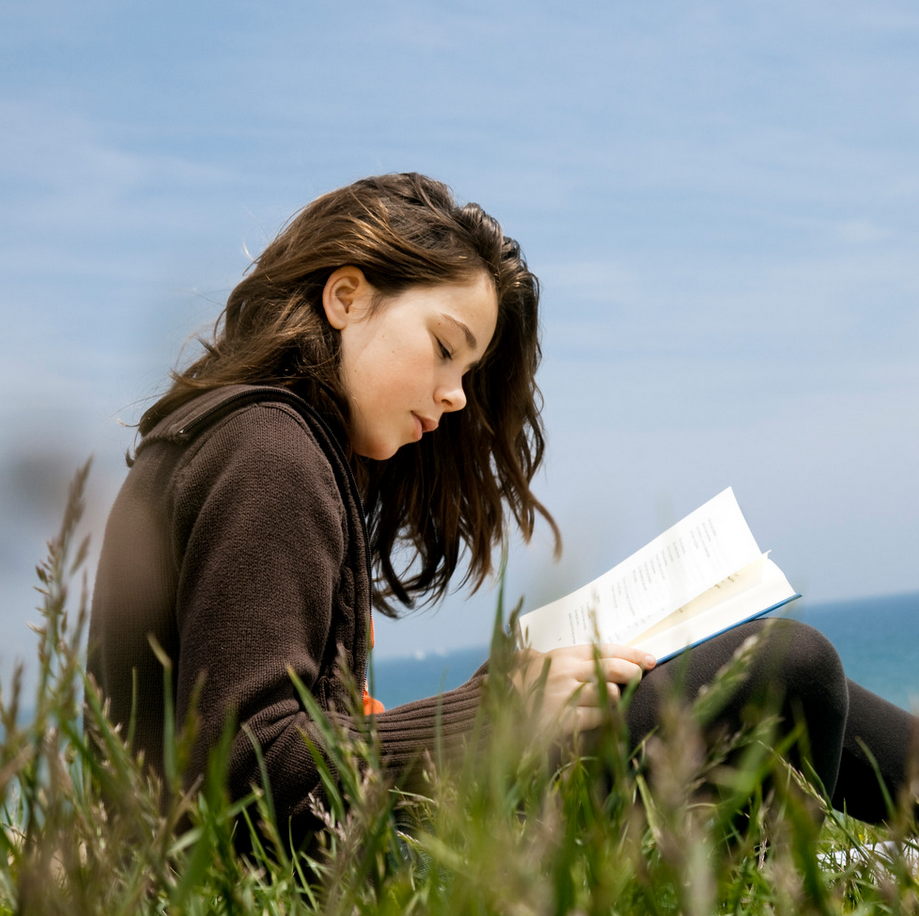


Impact of Slam Poetry
Slam poetry is a modern form of performance poetry that emphasizes the spoken word and audience engagement.
Unlike traditional poetry, which is often read silently, slam poetry is meant to be performed aloud, with an emphasis on rhythm, intonation, and emotional expression.
This form has gained popularity for its dynamic and interactive nature, often addressing contemporary social and political issues.
Slam poetry challenges conventional notions of what poetry can be, blending elements of theater, music, and spoken word.
It provides a platform for diverse voices and perspectives, making poetry more accessible and relevant to a wider audience.
Understanding the impact of slam poetry can broaden one's appreciation of the art form and its potential for social change.
Role of Poetry in Society
Poetry has played a significant role in society, serving as a means of expression, communication, and cultural preservation.
Throughout history, poets have used their craft to comment on social and political issues, celebrate cultural heritage, and explore the human condition.
For example, Langston Hughes' poetry captures the struggles and aspirations of African Americans during the Harlem Renaissance.
In contemporary society, poetry continues to be a powerful tool for self-expression and activism.
Poets like Maya Angelou and Audre Lorde have used their work to address issues of race, gender, and identity, inspiring readers and sparking important conversations.
Understanding the role of poetry in society can highlight its enduring relevance and impact.
Personal Connection to Poetry
Many people have a personal connection to poetry, finding solace, inspiration, and meaning in its words.
Whether it's a favorite poem that resonates with one's experiences or a piece of writing that offers comfort during difficult times, poetry has the power to touch lives in profound ways.
For example, Mary Oliver's nature poetry has provided solace and inspiration to countless readers.
Writing poetry can also be a deeply personal and therapeutic practice.
For many poets, the act of writing is a way to process emotions, explore ideas, and connect with others.
This personal connection to poetry underscores its unique ability to capture the complexities of human experience and create a sense of shared understanding.
Future of Poetry
The future of poetry is bright, with new voices and innovative forms continuing to emerge.
The digital age has opened up new possibilities for the creation and dissemination of poetry, from online journals and social media to virtual poetry readings and workshops.
This has made poetry more accessible and inclusive, allowing for a greater diversity of voices and perspectives.
As poetry continues to evolve, it will undoubtedly remain a vital and dynamic art form, reflecting the ever-changing landscape of human experience.
Whether through traditional forms or new experimental styles, poetry will continue to inspire, challenge, and connect us in meaningful ways.
Poetic Journey: Path to Understanding Poetry
Poetry is a multifaceted art form that enchants us with its heightened language, vivid imagery, and unique structural elements like rhyme schemes and line breaks.
By familiarizing yourself with various forms of poetry—be it free verse, prose poems, or narrative poetry—you can easily distinguish poetic works from other types of writing.
Recognizing the emotional and sensory impact of poetry is equally crucial.
By delving into the characteristics and techniques that define poetry, you open yourself to a deeper appreciation for this timeless and powerful form of expression.
So, embrace the poetic journey and let your soul be touched by the magic of words.



Poetry FAQs
Are you ready to dive into the enchanting world of poetry?
Whether you're a seasoned poet or a curious newcomer, this FAQ section is here to illuminate the nuances and beauty of this timeless art form.
From understanding the key characteristics that define poetry to distinguishing between free verse and prose poems, we've got you covered.
Let's embark on this poetic journey together and unravel the mysteries that make poetry so captivating and profound.
What are the key characteristics of poetry?
Poetry is characterized by its use of heightened language, vivid imagery, and structural elements such as rhyme schemes and line breaks. It often employs figurative language, such as metaphors and similes, to convey complex ideas and emotions. The rhythm and sound patterns in poetry also contribute to its unique musicality and emotional impact.
How can I tell if a piece of writing is a poem?
To determine if a piece of writing is a poem, look for the use of heightened language, vivid imagery, and structural elements like line breaks and rhyme schemes. Consider the emotional and sensory impact of the writing, as poetry often aims to evoke strong feelings and create a sensory experience. Additionally, understanding the various forms of poetry, such as free verse and narrative poetry, can help identify poetic works.
What is the difference between free verse and prose poems?
Free verse is a form of poetry that does not follow a specific rhyme scheme or meter, allowing for more fluid and natural expression. Prose poems, on the other hand, are written in paragraph form but retain poetic qualities such as heightened language, vivid imagery, and emotional depth. Both forms blur the lines between traditional poetry and prose, offering unique and innovative ways to explore poetic themes and ideas.
What are some common themes in poetry?
Poetry often explores universal themes such as love, nature, death, and the human experience. These themes are conveyed through various poetic devices and forms, allowing poets to express their thoughts and emotions in unique and powerful ways. Other common themes include identity, time, beauty, and social issues, reflecting the diverse perspectives and experiences of poets across different cultures and eras.
How does rhyme scheme affect a poem?
A rhyme scheme is the pattern of rhymes at the end of each line of a poem. It can create a sense of rhythm and musicality, making the poem more enjoyable to read and listen to. Different rhyme schemes can evoke different moods and tones, from the playful and light-hearted to the somber and reflective. The choice of rhyme scheme can also enhance the meaning and emotional impact of the poem, adding layers of complexity and depth.
What is the role of imagery in poetry?
Imagery in poetry involves the use of descriptive language to create vivid pictures in the reader's mind. It appeals to the senses, helping to evoke emotions and convey the poet's message more effectively. Through imagery, poets can transport readers to different places, times, and experiences, making the abstract more concrete and the ordinary more extraordinary. Imagery can also enhance the overall aesthetic quality of a poem, making it more engaging and memorable.
Can poetry be written in any language?
Yes, poetry can be written in any language. Each language has its own unique sounds, rhythms, and cultural nuances that can influence the style and expression of poetry. While some poetic forms and devices may be specific to certain languages, the fundamental elements of poetry—such as heightened language, vivid imagery, and emotional depth—are universal. This allows poetry to transcend linguistic barriers and resonate with readers from diverse backgrounds.
What is a sonnet, and how is it structured?
A sonnet is a 14-line poem that follows a specific rhyme scheme and meter, typically iambic pentameter. There are several types of sonnets, including the Shakespearean (or English) sonnet and the Petrarchan (or Italian) sonnet. The Shakespearean sonnet consists of three quatrains followed by a final couplet, with a rhyme scheme of ABABCDCDEFEFGG. The Petrarchan sonnet is divided into an octave (eight lines) and a sestet (six lines), with a rhyme scheme of ABBAABBACDCDCD or CDECDE. Sonnets often explore themes of love, beauty, and the passage of time, and their structured form allows for intricate wordplay and thematic development.
How can I improve my poetry writing skills?
Improving your poetry writing skills involves practice, reading, and experimentation. Here are some tips to help you grow as a poet:
- Read a wide range of poetry from different eras, cultures, and styles to gain inspiration and understanding.
- Write regularly, experimenting with different forms, themes, and poetic devices.
- Join a poetry group or workshop to receive feedback and support from fellow poets.
- Study the techniques and styles of renowned poets to learn from their mastery.
- Revise your work, paying attention to word choice, imagery, and rhythm to enhance the overall impact of your poems.
- Embrace your unique voice and perspective, allowing your individuality to shine through in your writing.
What is the significance of line breaks in poetry?
Line breaks are an essential structural element in poetry that can influence the rhythm, pacing, and meaning of a poem. They create pauses and emphasize certain words or phrases, guiding the reader's interpretation and emotional response. Line breaks can also contribute to the visual layout of a poem, adding to its aesthetic appeal. By carefully considering where to place line breaks, poets can enhance the overall impact and effectiveness of their work.
What is a haiku, and what are its characteristics?
A haiku is a traditional Japanese form of poetry that consists of three lines with a syllable pattern of 5-7-5. Haikus often focus on nature and the changing seasons, capturing a moment in time with simplicity and clarity. The brevity of the haiku encourages poets to choose their words carefully, creating a powerful and evocative image with minimal language. Haikus are known for their ability to convey deep emotions and insights through their concise and elegant form.
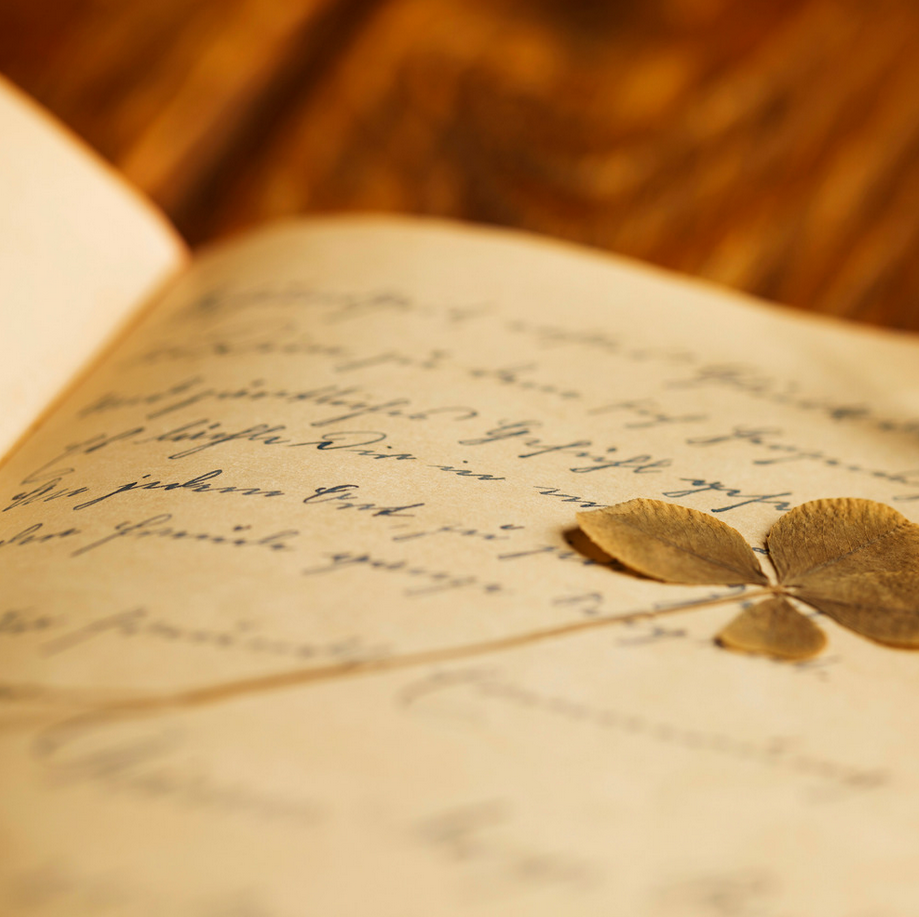
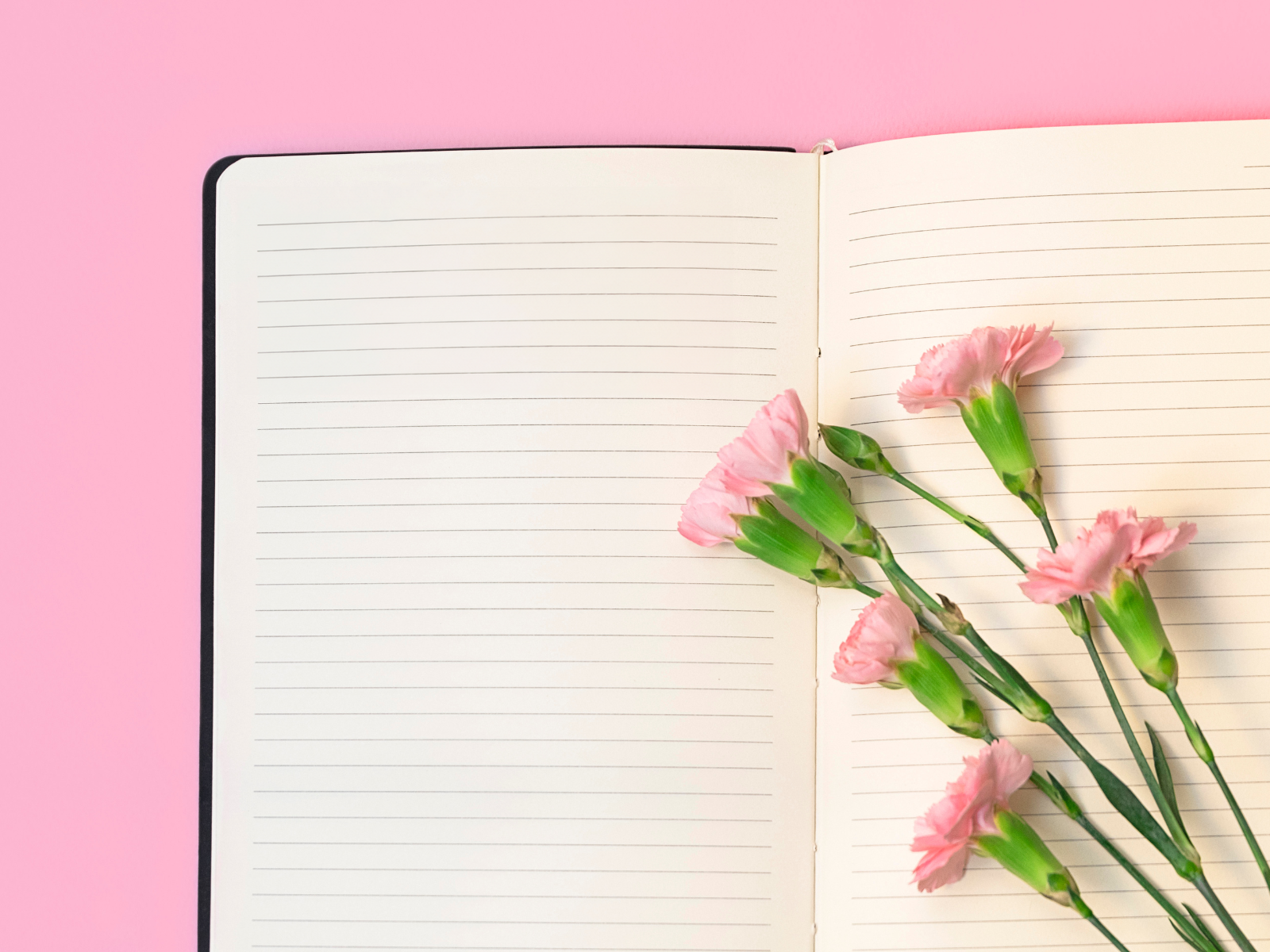

Looking to explore different types of poetry? Check out Reedsy's video!
Want even more content about creativity and art?
Be sure to check out all of our creative chronicles!
Love writing and poetry? Considering creating your own written masterpieces?
Check out some of our other articles and poems:

